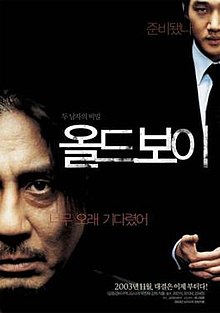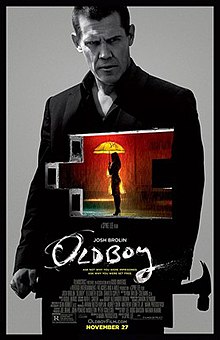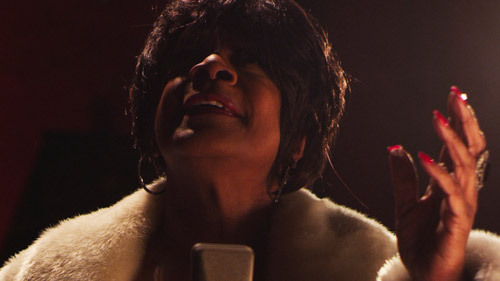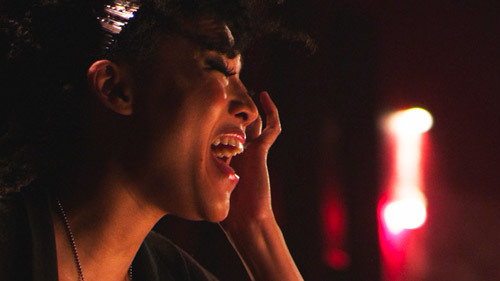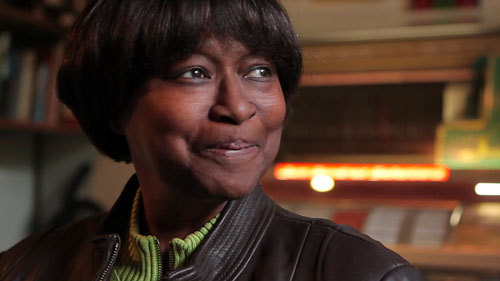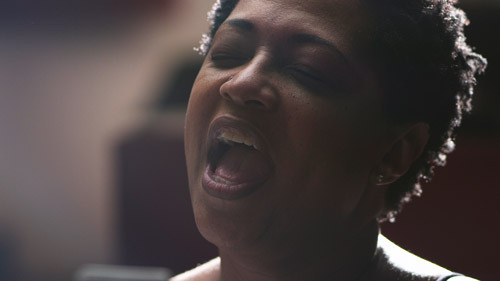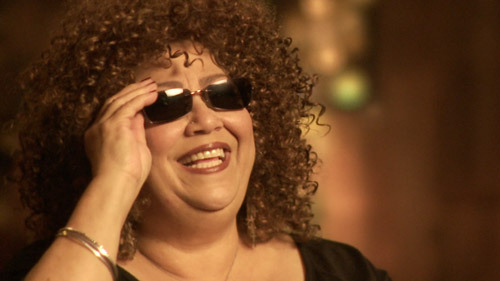The Place Beyond the Pines
The Company You Keep
To the Wonder
Adore
The Counselor
Out of the Furnace
I have read that Derek Cianfrance's The Place Beyond the Pines is an indie film. If so it does not look it in the least. It has a grand sweep in three acts, and its themes are large. Set in Schenectady, New York, the first act opens on a stunt motorcycle rider, a carny named Luke (Ryan Gosling) who is a peripatetic loner. When the tour brings him back into town, he shows up on a past girlfriend's doorstep and learns he has a son. The second act involves Avery (Bradley Cooper), a police officer who also has an infant boy. The second act closes when the two men's paths cross. By the third act, Avery is a successful politician, both men's sons are teens, and the narrative takes the form of the sins of the fathers and the legacy a machismo culture of manhood leaves the next generation. We could suspend our disbelief in the last act were it not stretching our credulity so thin. Still, The Place Beyond the Pines is worth watching, and Cianfrance should be credited for his willingness to confront existential questions of moral choice and responsibility.
(In conceiving the character of Luke, Ryan Gosling reportedly told Derek Cianfrance, "Hey, D. How about the most tattoos in movie history?" To this end he added a face tattoo of a dagger dripping blood. Cianfrance told him, "Look, if I was your parent, I would tell you, don't get a face tattoo. You're going to regret it. But you have to be this guy, not me, so do what you want." At lunch on the first day of shooting Cianfrance sensed something bothering Gosling. "Hey, D, can I talk to you for a second? I think I went too far with the face tattoo." Cianfrance said, "Well, that's what happens when you get a face tattoo: You regret it." Gosling said, "I know. You think we can take it off and reshoot everything?" "Absolutely not. This movie's about consequence. And now you've got to live with it for the rest of the movie.")


Motivated by the escalation of the war in Vietnam, the Weather Underground split from the SDS and issued a "Declaration of a State of War" against the United States government in 1970. Between 1969 and 1975 the group targeted police stations, banks, and a number of prominent government buildings for bomb and arson attacks. Considering the number of strikes they carried out, it is a wonder there were so few casualties. In 1970, a bomb at the SFPD's Golden Gate Park branch killed one officer and injured several more, though no organization claimed credit, and later that year, three Weathermen were killed when the nail bomb they were constructing in a Greenwich Village townhouse detonated. The organization slowly disbanded, though its final adherents carried out the 1981 Brinks armored car robbery with members of the Black Liberation Army, stealing $1.6 million, and killing two police officers and one Brinks guard in the ensuing shootout. Throughout the years, secret federal grand juries were convened and the Chicago Police Department, the NYPD, and the FBI pursued the militants. Some were arrested, some came forward on their own, others managed to successfully remain underground.
Robert Redford's The Company You Keep is adapted from Lem Dobbs's novel. It uses, as the central experience of the former Weathermen we meet, an amalgam of Weather Underground attacks: a bank robbery that went tragically wrong leaving a security guard dead. The film opens thirty years hence when, weary of her secret, Sharon Solarz (Susan Sarandon) turns herself in, generating headlines. Ben Shepard (Shia LaBeouf) is a hungry, young investigative reporter who latches on to the story, but when he visits Solarz in jail she thwarts his desire for a simple I-have-seen-the-error-of-my-ways plea for forgiveness. Instead she is defiant. This sets up a chain of events that puts her former fellow activists at risk, at the center of which is Jim Grant (Robert Redford) who, because he was not present at the robbery, sets out to find his former lover, Mimi Lurie (Julie Christie), who, he hopes, will testify to his absence.
Ben's perspective-less judgment is juxtaposed with the self-judgment of aging people who have grappled with the ethics of their actions for over three decades and profess through that painful lens their continued commitment to their ideals. The question of means versus ends hangs over the story, and though it is a dilemma the film confronts, it is one that it refuses to resolve. The reporter Ben wants a tidy narrative, with right and wrong assigned their proper, righteously indignant places. Instead, The Company You Keep asks us to consider the Weather Underground's terrorism in a broader context that many in the audience will have forgotten or are too young to have an awareness of, and gives the lie to easy moralizing and compartmentalization.
(Independent Lens: The Weathermen Today)

Terrence Malick's To the Wonder, like The Tree of Life, attempts to find cosmic meaning in ordinary lives, but this time the narrative, or what there is of it, isn't up to the challenge. The Tree of Life presented, with stunning visual creativity that was understated and audacious by turns, the microcosm of a boy's interior life, within the microcosm of the family, within the microcosm of the community, within the macrocosm of Earth, within the larger microcosm of the cosmos within eternity. It was a staggering undertaking, and worth the journey. But To the Wonder, as beautiful as it is, looking like a Wyeth painting on the screen, just cannot stand up to its grand designs. If not religion per se, then spirituality is too obvious to its ambition, and none of the characters appears grounded enough to sustain the kinds of deep human connections the film seems to want to be about. Neil (Ben Affleck) is a somewhat autobiographical Malick who moves between two women. The more ethereal of the two says of his inability to make choices, "Weak people never bring anything to an end themselves. They wait for others to do it."
I was not alone in my annoyance at the incessant twirling with which both women are afflicted. A.O. Scott echoes my feelings when he notes that "what Jane and Marina have in common, apart from their attraction to Neil, is a serious commitment to twirling. Not the highly disciplined marching-band, baton-assisted kind, but rather the languid, flowing-dress-wearing, I’m-so-in-tune-with-the-universe-that-I-will-never-get-dizzy kind."

Ann Fontaine's Adore is based on Doris Lessing's novella The Grandmothers, and is notable in this section on the consequences our actions engender for having none. Two women -- Roz (Robin Wright) and the widowed Lil (Naomi Watts) -- have been friends since childhood. When Roz's husband is offered a job in Sydney, it would be professional suicide for him to refuse, but Roz can't find it in herself to leave Lil and the bubble in which their relationship exists in their next door proximity. As a leisurely summer ensues, Lil gives in to the seduction of Roz's son, and, in what begins as retaliation, Lil's son likewise seduces Roz. A.O. Scott observes that "...the same movie about a couple of dads sleeping with each other’s 20-year-old daughters would need, at a minimum, to confront the ickiness of the situation. Really, such a movie would be unlikely to make it into theaters, in spite of the commonness of real-life relationships between older men and younger women."

The day after I screened Cormac McCarthy's The Counselor, directed by Ridley Scott, I raved about it to some people, one of whom remarked, "The reviews say it's terrible." Aghast, my first question was, What reviews? "Rotten Tomatoes." (Who thinks Rotten Tomatoes is a credible source?!?) For what reasons? "They say it's predictable." Well, there are many predictable tropes. What matters is what is done with them. And in fact, in exchanges with the Counselor, first nightclub owner Reiner (Javier Bardem) and then hustler Westray (Brad Pitt), both of whom know what they are talking about, try again and again to dissuade the Counselor by enumerating in successive encounters each of the terrifying consequences the Counselor should expect -- to no avail. The Counselor, brilliantly realized by Michael Fassbender, is possessed of an unshakable naïveté that neither Reiner nor Westray can penetrate. "I'm in," he insists.
The film is set, of course, on the border, a shadowland where conscience is a stranger. The first irony is the title itself. The Counselor -- we never learn Everyman's name -- does not give counsel but is counseled by each egregious character with whom he associates and the inevitable ensues. Even as he advises, Westray's refrain is, "I can't advise you, Counselor." The final scene in which the magnitude of consequences slowly penetrates the Counselor's consciousness is masterful as each scrim falls away.
Reiner lives in a luxury compound with Malkina. He makes it clear to the Counselor that she runs everything and she scares him. Cameron Diaz's malevolent Malkina slithers through the film; you expect to see a forked tongue dart at any moment. Even people who haven't seen the film seem to have read about her sex scene with Reiner's sports car. It is the funniest sex scene you will ever watch. Asked if it was gratuitous I said, No! You really need to laugh. It saves you from drowning in dread.
Early in the film the Counselor visits a dealer in exceptional diamonds. He is going to propose to his beloved Laura, beautifully realized by Penélope Cruz. The dealer explains the physical qualities of the diamonds, but more importantly, explains their role. They signify both a woman's beauty and her vulnerability, he says. "Each diamond is a cautionary tale." That is the first of many times that the word "cautionary" will come up in McCarthy's script.
If the film has a flaw, and this is really quibbling, it could be that Cormac McCarthy might have done better to have written the novel, then adapted it to the screen. Especially toward the end, it becomes very literary, which did not bother me, but I can see it as potentially annoying to some. As I say, this is such a minor nit to pick. Instead, McCarthy and Scott should be commended for trusting to a smart and literate audience.
NYT Critics' Pick


In 1981, I found myself in the dying steel mill town of Johnstown, Pennsylvania, southeast of Pittsburgh. I could not imagine being in a more God-forsaken place, and did not realize I would be there for the next 20 years.
Braddock, PA, where Scott Cooper's Out of the Furnace is set, is closer to Pittsburgh, just east on the banks of the Monangahela River, but it is another in the forlorn Rust Belt of mining and mill towns. The film asks us to look at what happens when a community's mores and codes of tradition have become so vulnerable that they can no longer sustain a meaningful social fabric.
Out of the Furnace pulses with intense, fully realized performances. Christian Bale is Russell Baze, a hard working mill rat until that is gone, too. His kid brother, Rodney, has come back from his third tour in Iraq and becomes a kinetic, seething powder keg in a brilliant performance from Casey Affleck. Perhaps ironically, this throwaway soldier can't bring himself to throw a fight for his handler who can forgive him or for the sadistic, crack addled hustler who can't -- Willem Dafoe and Woody Harrelson, also in fine form.
Whereas World War II brought a nation together and was followed by sustained prosperity, upward mobility, and an overall optimism about America and its supposed manifest destiny even under the pall of the Cold War, Vietnam tore the nation apart. Even so, Vietnam, as failed a war as it was, was fought by a draft army that spread the sacrifice across the socio-economic spectrum. By contrast, our recent hostilities have been fought by a volunteer army, canon fodder recruited from inner cities and failing manufacturing towns and vanishing family farms. We pay paltry lip service to our soldiers, who are relegated to places of which we give not a thought. We call them heroes and display yellow ribbons in hollow gestures through which we hope to glorify the futile wars our nation wages in the name of "democracy" and "freedom," whatever we mean by either of those words. And when our wounded return home, and they are all wounded, we give them neither democracy nor freedom.
Masanobu Takayanagi's cinematography pans over pastoral mountain landscapes that are home to brutal realities, and Dickon Hinchliffe's beautiful, mournful soundtrack underscores the tragedy of a country that is indifferent to the sweat of its workers and the blood of its veterans, both of whom they would toss out like rubbish.




